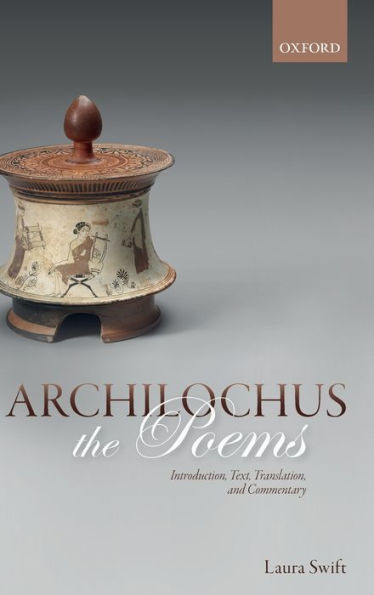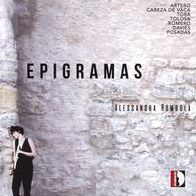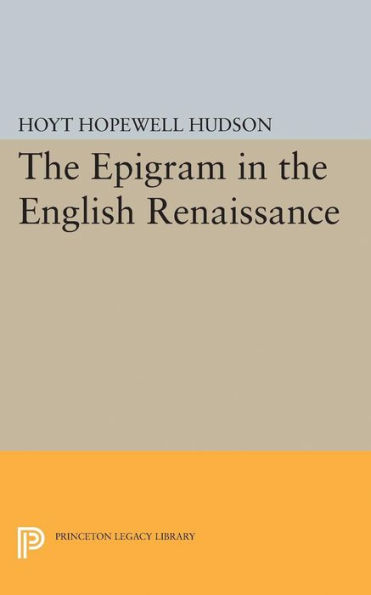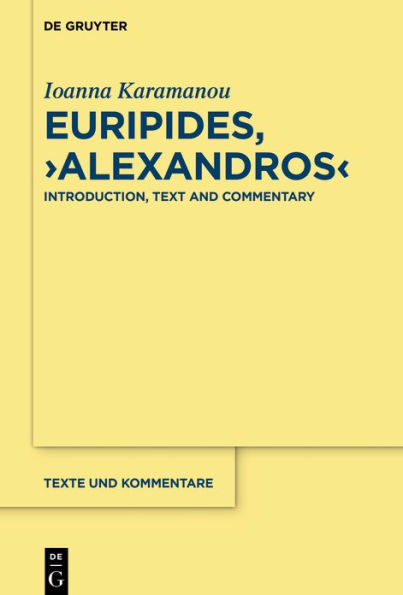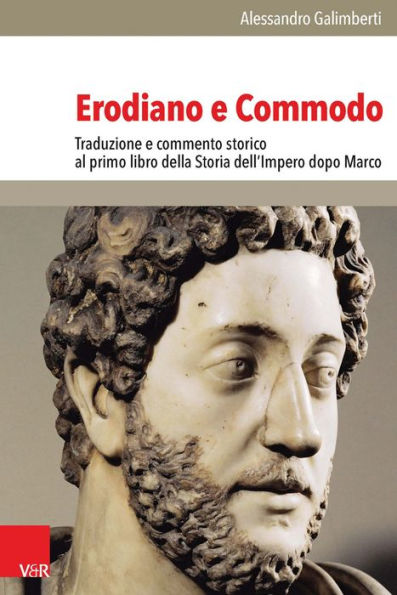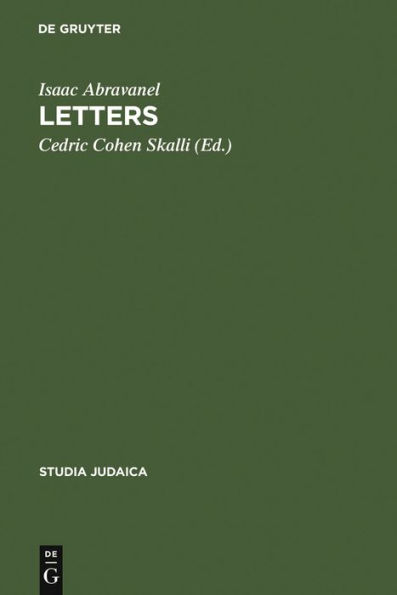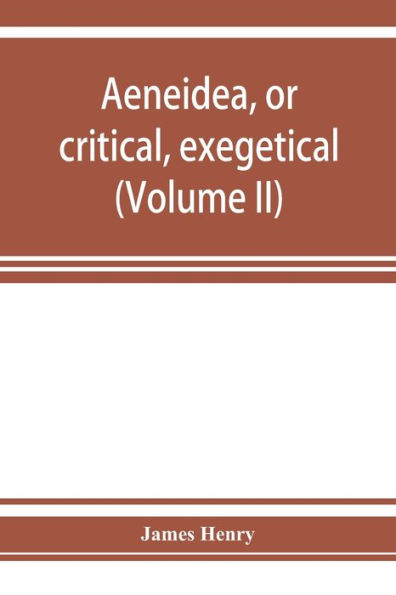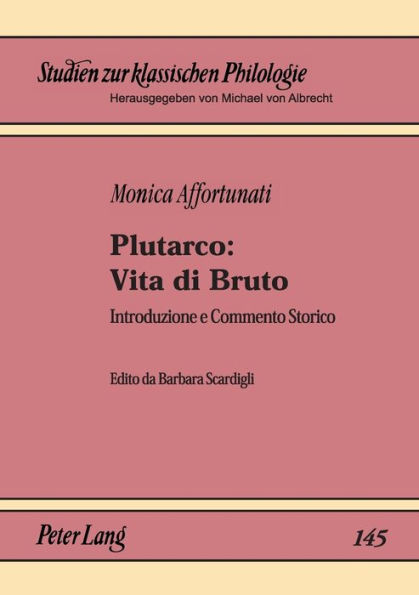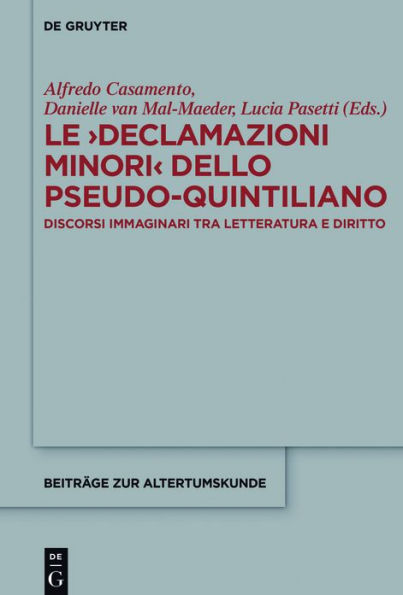Home
Edilo, >Epigrammi<: Introduzione, testo critico, traduzione e commento
Barnes and Noble
Edilo, >Epigrammi<: Introduzione, testo critico, traduzione e commento
Current price: $155.99
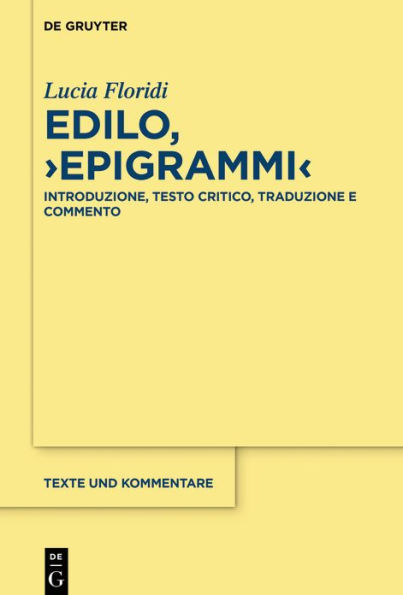

Barnes and Noble
Edilo, >Epigrammi<: Introduzione, testo critico, traduzione e commento
Current price: $155.99
Size: Hardcover
Loading Inventory...
*Product information may vary - to confirm product availability, pricing, shipping and return information please contact Barnes and Noble
This is the first modern commentary devoted exclusively to the poems of Hedylus, one of the most important representatives of Greek epigram in a crucial phase of the development of the genre. Although only a few of Hedylus’ poems survive, he helped shape the genre of literary epigram. His influence is comparable to that of his roughly contemporaries Posidippus of Pella and Asclepiades of Samos, with whom he is associated by Meleager of Gadara in the proem to his Garland.
The volume contains an extensive introduction, a new critical text, a translation, and a full literary and philological commentary. Each epigram is preceded by an essay. Particular attention is paid to the different branches of transmission, in order to understand why so few of Hedylus' epigrams survive via the Greek Anthology, while most of his poems are transmitted by Athenaeus in his
Deipnosophistai
. The commentary is followed by an
Auctarium Lectionum
, an
Appendix Coniecturarum
Index verborum
Index locorum
, and an
Index nominum et rerum notabilium
.
With its insights into literary Hellenistic epigram in an important phase of its development, this book represents an important tool for all those interested in epigram and Hellenistic literature in general.
The volume contains an extensive introduction, a new critical text, a translation, and a full literary and philological commentary. Each epigram is preceded by an essay. Particular attention is paid to the different branches of transmission, in order to understand why so few of Hedylus' epigrams survive via the Greek Anthology, while most of his poems are transmitted by Athenaeus in his
Deipnosophistai
. The commentary is followed by an
Auctarium Lectionum
, an
Appendix Coniecturarum
Index verborum
Index locorum
, and an
Index nominum et rerum notabilium
.
With its insights into literary Hellenistic epigram in an important phase of its development, this book represents an important tool for all those interested in epigram and Hellenistic literature in general.
